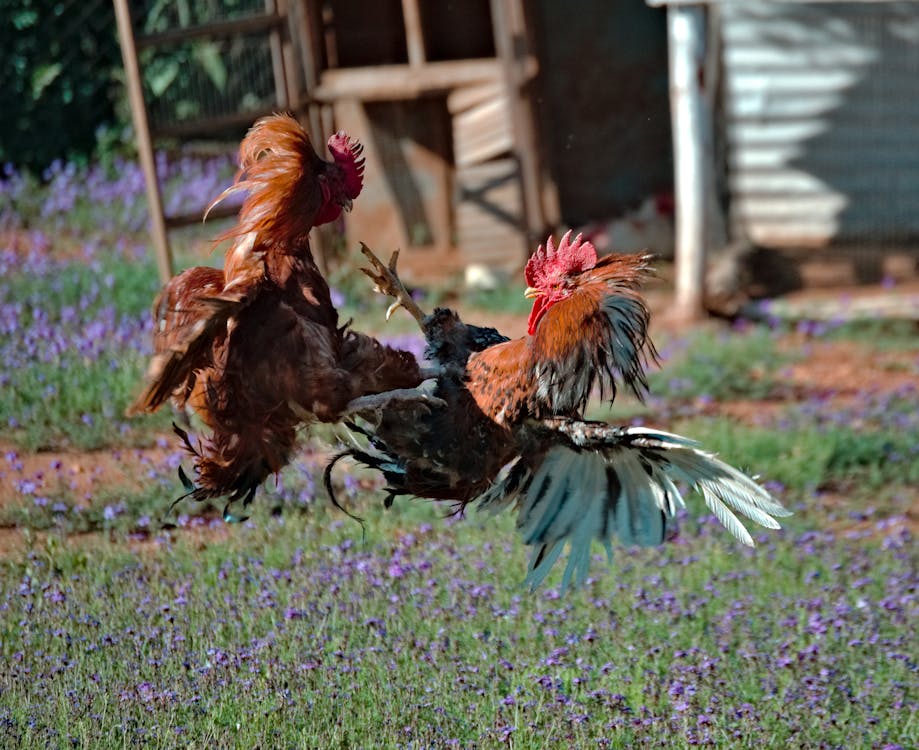
In the world of sports and entertainment, there exists a wide spectrum of activities that captivate the hearts and minds of millions. From the adrenaline-pumping matches of football stadiums to the centuries-old tradition of Sabong in Southeast Asia, each sport holds a unique place in the cultural fabric of its respective region.
While at first glance, Sabong, a form of cockfighting, and football, the world's most popular sport, may seem worlds apart, a closer look reveals some intriguing connections and disparities that have evolved over time.
Historical Perspective
To understand the potential connection between Sabong and football, it's essential to delve into their respective historical backgrounds. Sabong, deeply rooted in the Philippines and other Southeast Asian nations, traces its origins back centuries. It began as a traditional ritual and evolved into a popular pastime, with dedicated arenas and a passionate fan base. On the other hand, football, known as soccer in some regions, boasts a rich history that dates back to ancient civilizations like the Chinese, Greeks, and Romans. Modern football, as we know it today, emerged in 19th-century England and rapidly spread worldwide.
While Sabong and football originated in different parts of the world and during different eras, their historical significance cannot be denied. Both sports have contributed to the cultural identity of their respective regions. Sabong has been an integral part of Filipino culture for generations, with its own set of rituals and traditions. In contrast, football has transcended borders, unifying nations and peoples with the passion it ignites on the field.
Cultural Significance
The cultural significance of SabongBet in Southeast Asia cannot be overstated. In countries like the Philippines, it's not just a sport; it's a way of life. Sabong events are accompanied by elaborate ceremonies, music, and rituals that add depth and meaning to the experience. It's a social gathering where communities come together to celebrate and participate.
On the other hand, football holds a unique place in the hearts of billions around the globe. It's more than a game; it's a shared language that connects people from diverse backgrounds. Football stadiums become a melting pot of cultures during international tournaments, with fans waving flags and singing anthems in unison. While the cultural expressions associated with football may differ from those of Sabong, the passion and unity it fosters are undeniably similar.
Modern-Day Comparisons
In the modern era, both Sabong and football have taken on new dimensions. Sabong has evolved from being a rural pastime to a sophisticated industry, with online platforms offering opportunities for enthusiasts to place bets and engage with the sport in novel ways. Similarly, football has grown into a global spectacle, with multi-billion-dollar leagues, superstar athletes, and a fanatical following.
However, the two sports also exhibit notable differences. While football's popularity spans continents and enjoys global media coverage, Sabong remains a localized sport, primarily concentrated in Southeast Asia. The differences in scale, commercialization, and international reach are stark. Football's World Cup is watched by billions worldwide, while Sabong's audience is more niche.